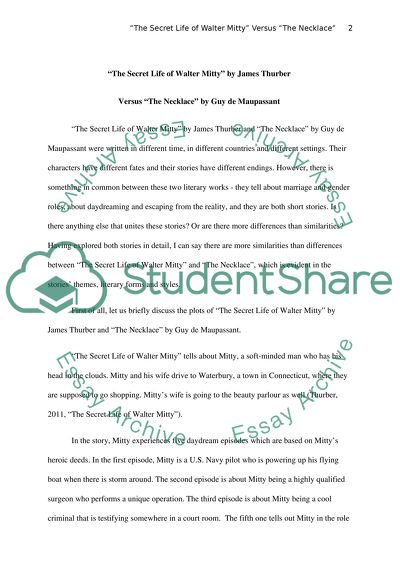Cite this document
(“The secret of Walter Mitty by Thueber Versus, The Necklace by Essay”, n.d.)
Retrieved from https://studentshare.org/literature/1393855-literature
Retrieved from https://studentshare.org/literature/1393855-literature
(The Secret of Walter Mitty by Thueber Versus, The Necklace by Essay)
https://studentshare.org/literature/1393855-literature.
https://studentshare.org/literature/1393855-literature.
“The Secret of Walter Mitty by Thueber Versus, The Necklace by Essay”, n.d. https://studentshare.org/literature/1393855-literature.


